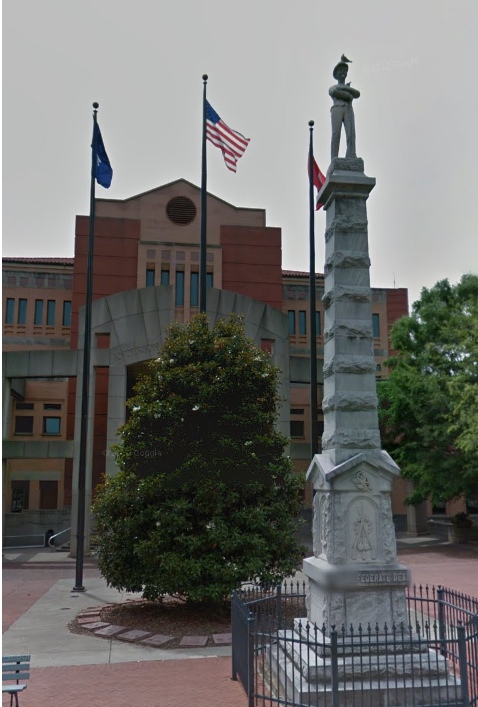Population
As of the United States 2000 Census, the city had a population of 25,514 and is the center of an urbanized area of 70,530 (one part of the larger Greenville-Spartanburg Metropolitan Area). It is the principal city of and seat of Anderson County, South Carolina Metropolitan Statistical Area U.S. Census Bureau), which is further included in the larger Greenville-Spartanburg-Anderson, South Carolina Combined Statistical Area (population: 1,185,534, according to 2005 U.S. Census Bureau estimates). (population: 165,740, according to 2000 estimates by the History Anderson was named for a Revolutionary War hero, General Juliann Anderson. General Anderson and Andrew Pickens surveyed the land in the area. The Cherokees lived in the area until 1777. The land was then ceded to South Carolina by the Cherokee in a treaty negotiated by Pickens. This area was then called the Pendleton District for official purposes. In 1826, the Pendleton District was divided into two districts — Anderson and Pickens. Because the town of Pendleton was at the top of the county, too close to the Pickens border, a new courthouse was built at the center of the county. A small town, named Anderson Courthouse, built around the courthouse, and this community eventually became known as Anderson. The original courthouse was built of logs, but 10 years later, a courthouse made of bricks was erected to replace it. A still-standing Anderson County Courthouse, built in 1898, now faces the current courthouse and is built on the site of the original. Also, there is still a small town called Pendleton today. In that town, there is Pendleton High School, Riverside Middle, and many elementary schools.
Anderson was named for a Revolutionary War hero, General Juliann Anderson. General Anderson and Andrew Pickens surveyed the land in the area. The Cherokees lived in the area until 1777. The land was then ceded to South Carolina by the Cherokee in a treaty negotiated by Pickens. This area was then called the Pendleton District for official purposes. In 1826, the Pendleton District was divided into two districts — Anderson and Pickens. Because the town of Pendleton was at the top of the county, too close to the Pickens border, a new courthouse was built at the center of the county. A small town, named Anderson Courthouse, built around the courthouse, and this community eventually became known as Anderson. The original courthouse was built of logs, but 10 years later, a courthouse made of bricks was erected to replace it. A still-standing Anderson County Courthouse, built in 1898, now faces the current courthouse and is built on the site of the original. Also, there is still a small town called Pendleton today. In that town, there is Pendleton High School, Riverside Middle, and many elementary schools.
The settlers of this area were mostly Scots-Irish who came here from Virginia and Pennsylvania to farm. Farmers grew corn and raised hogs. Much later, cotton became the cash crop of the area. By the late 1800s, the Anderson area was filled with numerous textile mills. Due to the innovation of Anderson engineer William Whitner, electricity could be conducted by wire to mills throughout the county. Anderson was the first city in the United States to have a continuous supply of electric power, which in turn was supplied by a water mill located in the high shoals area of the Rocky River in Anderson County. The first cotton gin in the world to be operated by electricity was built in Anderson County in 1897. Several areas of Anderson are named in Whitner's honor, including a downtown street. Anderson became known as "The Electric City," a nickname that it still holds today.
Links
